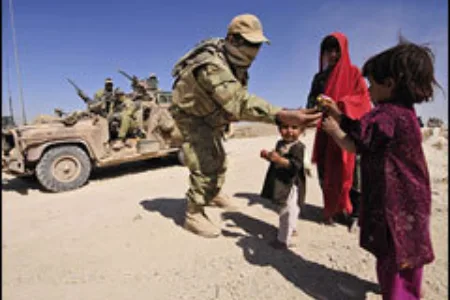Protection of civilians under international humanitarian law: trends and challenges

This paper examines challenges faced in ensuring the adequate protection of civilians during armed conflict in accordance with international humanitarian law (IHL).
While IHL establishes a comprehensive legal framework to protect civilians from the effects of military operations, this stands in stark contrast to the situation that civilians in conflict-affected areas face on the ground. Civilians account for a high proportion of the victims in most contemporary armed conflicts, whether as an unintended result of the fighting or because they are deliberately targeted by belligerents. Even in situations where the parties are seemingly committed to implementing their obligations under IHL, military operations often result in high numbers of civilian casualties and widespread destruction of civilian property.
Several current conflict trends are associated with increased civilian suffering, including the prevalence of internal armed conflicts, often involving a range of armed actors with varying degrees of capacity and will to implement IHL. The frequently asymmetric nature of such conflicts may lead belligerents to resort to unlawful means and methods of warfare, for example by deliberately operating from civilian areas, feigning civilian status in order to attack their adversary or directly attacking civilians. Military operations also increasingly take place in urban and other densely populated areas, exposing civilians to particular risks. In conflicts with more political goals, maintaining legitimacy and support among the civilian population is often essential to achieving both the military and political objectives. The civilian population thus finds itself at the centre of the conflict in many contemporary wars.
This paper focuses on how parties to armed conflicts – both states and non-state armed groups – implement their obligations under IHL, in particular the rules on distinction, proportionality and precautions that are fundamental to protecting civilians during hostilities. Based on experiences from recent conflicts, it identifies a range of protection challenges that arise in contemporary warfare.
In particular, it examines the difficulties of protecting civilians in urban and asymmetrical warfare situations, as well as more general concerns related to the choice of weapons and targeting decisions. It also looks at some of the ways in which IHL is regularly violated, with civilians being directly targeted in different ways, and what might motivate and cause such abuses to take place. The challenges identified confirm the widely held view that the main obstacles to achieving adequate civilian protection relate not to the inadequacy of the rules themselves, but to the way in which these rules are applied during actual military operations and to deliberate non-compliance with the rules.
The paper concludes by suggesting civilian harm in armed conflict can be broadly divided into three categories – unforeseen, incidental and deliberate civilian harm – and that concrete and practical measures to reduce and minimise such harm can be identified in each category. Finally, it calls for a more vigorous discussion involving both states and civil society of how to reduce the significant gap that exists between the theory and actual practice of protecting civilians under IHL.